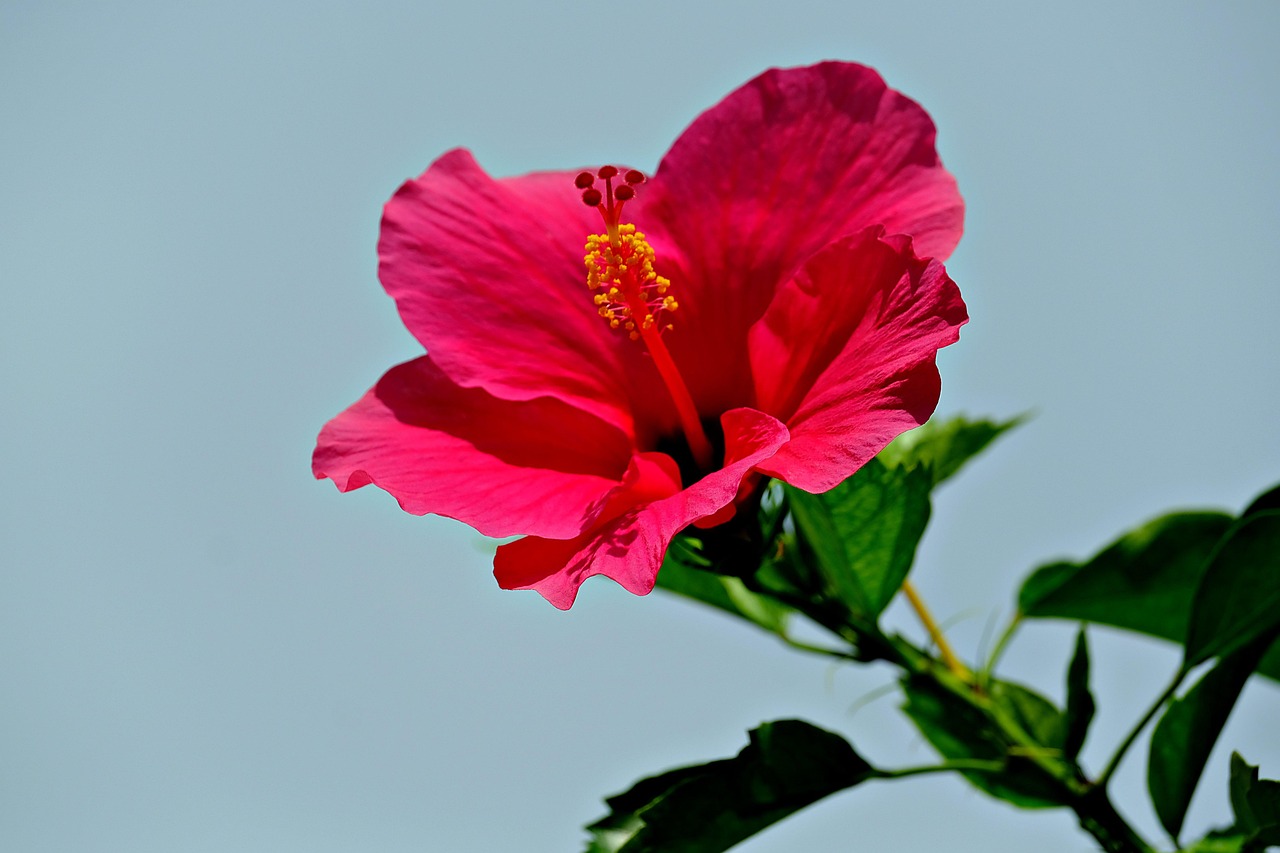Introduction
Hair care is not just about using the right shampoo — it’s also about knowing how to use conditioner correctly. Many people either skip conditioner or apply it the wrong way, which can leave hair greasy, heavy, or lifeless. In reality, conditioner is one of the most important steps in your hair care routine. It helps restore moisture, reduces frizz, protects from damage, and makes your hair soft and manageable. Shampoo cleans the scalp but also removes natural oils, which can make hair dry. Conditioner brings back that hydration, adds shine, and improves overall texture. Whether you have curly, straight, oily, or dry hair, applying conditioner properly can make a big difference in the health of your hair. In this blog, we’ll guide you step by step on how to use conditioner correctly, common mistakes to avoid, and tips for choosing the right type of conditioner for your hair.
Why Conditioner is Essential for Hair Health
Many people underestimate the role of conditioner, but it is more than just a “bonus” step after shampooing. Conditioner is designed to:
-
Restore lost moisture after shampooing.
-
Protect the hair cuticle from damage.
-
Make detangling easier and prevent breakage.
-
Reduce frizz and improve manageability.
-
Add shine and softness.
-
Create a protective layer against pollution, sun, and heat styling.
Without conditioner, your hair may feel dry, rough, and prone to tangling. Over time, this can lead to breakage, split ends, and dullness.
Types of Conditioners
Before learning how to use conditioner correctly, it’s important to understand the different types available:
1. Rinse-Out Conditioner
-
The most common type.
-
Applied after shampoo and rinsed out after 2–5 minutes.
-
Ideal for everyday use.
2. Leave-In Conditioner
-
Lightweight formula that stays in the hair.
-
Provides ongoing hydration and protection throughout the day.
-
Great for curly, dry, or frizzy hair.
3. Deep Conditioner or Hair Mask
-
Rich, intensive treatment.
-
Used once a week or biweekly.
-
Helps repair damage, dryness, or color-treated hair.
4. Co-Wash (Conditioner Wash)
-
A cleansing conditioner designed for those who skip shampoo.
-
Popular for curly or textured hair to prevent dryness.
Step-by-Step Guide: How to Use Conditioner Correctly
Step 1: Wash Your Hair with Shampoo
Always begin with shampoo to remove oil, dirt, and buildup. Conditioner works best on clean hair because it can penetrate the strands more effectively.
Step 2: Squeeze Out Excess Water
After rinsing out shampoo, gently squeeze water out of your hair. Overly wet hair will dilute the conditioner, reducing its effectiveness.
Step 3: Take the Right Amount
-
Short hair: a coin-sized amount.
-
Medium-length hair: two coin-sized amounts.
-
Long or thick hair: a palm-sized amount.
Using too much can make hair greasy, while too little won’t give enough hydration.
Step 4: Apply to Mid-Lengths and Ends
Avoid the scalp (unless you’re using a scalp-specific conditioner). Focus on the mid-lengths and ends where hair is driest and most damaged.
Step 5: Distribute Evenly
Use your fingers or a wide-tooth comb to spread conditioner evenly through your hair. This ensures every strand is coated.
Step 6: Let It Sit
Leave the conditioner on for 2–5 minutes for rinse-out types, or as directed. Deep conditioners may require 10–20 minutes. This allows the product to absorb properly.
Step 7: Rinse Thoroughly
Rinse with lukewarm or cool water. Hot water can strip moisture, while cool water seals the cuticle and adds shine.
How Often Should You Use Conditioner?
-
Daily: If you have dry, curly, or frizzy hair.
-
Every wash: For normal to slightly oily hair.
-
Once or twice a week: For very fine or oily hair (use lightweight formulas).
Consistency matters. Skipping conditioner too often can lead to dryness and long-term damage.
Common Mistakes When Using Conditioner
-
Applying to the Scalp – This can make hair greasy and weigh it down.
-
Using Too Much Product – Leads to buildup and heaviness.
-
Rinsing Too Quickly – Not giving conditioner time to work.
-
Not Rinsing Enough – Leaving residue that causes dullness.
-
Using the Wrong Formula – Lightweight vs. rich conditioners matter depending on hair type.
Choosing the Right Conditioner for Your Hair Type
For Fine or Oily Hair
-
Use lightweight, volumizing formulas.
-
Avoid heavy creams and oils.
For Dry or Damaged Hair
-
Choose rich, moisturizing conditioners with shea butter, keratin, or argan oil.
-
Deep condition weekly.
For Curly or Frizzy Hair
-
Go for hydrating and anti-frizz conditioners.
-
Leave-in products work well for defining curls.
For Color-Treated Hair
-
Use color-safe conditioners.
-
Look for UV protection and strengthening ingredients.
Benefits of Using Conditioner Correctly
-
Softer, shinier hair.
-
Reduced breakage and split ends.
-
Easier detangling.
-
Protection against styling tools.
-
Long-term improvement in hair strength and elasticity.
Expert Tips for Maximum Results
-
Always comb conditioner through with a wide-tooth comb.
-
Alternate between rinse-out and deep conditioner for best results.
-
Don’t skip conditioner, even if your hair is oily — just use a lightweight version.
-
Apply leave-in conditioner before heat styling for protection.
-
Use sulfate-free shampoos to retain conditioner’s benefits longer.
Frequently Asked Questions (FAQ) About Using Conditioner
1. Can I use conditioner every day?
Yes, you can use a lightweight conditioner daily, especially if your hair is dry, curly, or frizzy. For oily or fine hair, stick to every wash or 2–3 times a week.
2. Should I apply conditioner on the scalp?
No, unless it’s a scalp-specific conditioner. Regular conditioner should be applied only to the mid-lengths and ends to avoid greasiness.
3. How long should I leave conditioner in my hair?
Leave regular conditioner for 2–5 minutes. Deep conditioners or masks should stay for 10–20 minutes, depending on the product instructions.
4. Can conditioner damage my hair?
No, but overusing or not rinsing properly can cause buildup, making hair look greasy or heavy.
5. What’s the difference between conditioner and hair mask?
Conditioner is for everyday use, while a hair mask is a deep treatment used once a week for extra nourishment and repair.
6. Is leave-in conditioner the same as regular conditioner?
No. Leave-in conditioner is lightweight and designed to stay in your hair, while rinse-out conditioner must be washed off.
7. Do men need to use conditioner?
Yes! Conditioner is important for all hair types and genders. It keeps hair soft, manageable, and prevents dryness.
8. Can I skip shampoo and only use conditioner?
Yes, this is called “co-washing,” popular for curly or textured hair. However, shampooing is still necessary occasionally to remove buildup.
9. What type of conditioner is best for oily hair?
Choose lightweight, volumizing conditioners that won’t weigh hair down. Avoid heavy creams or oils.
10. Should I rinse conditioner with cold or warm water?
Use lukewarm or cool water. Warm water opens the cuticle, and cool water helps seal it, locking in shine and moisture.
Conclusion
Conditioner isn’t just an optional step — it’s essential for maintaining strong, shiny, and healthy hair. By understanding your hair type, choosing the right product, and applying it correctly, you can transform your hair care routine. Remember: focus on the mid-lengths and ends, leave it on long enough to absorb, and rinse properly. Whether you have fine, oily, curly, or color-treated hair, conditioner will keep your strands nourished and protected. With the right technique, your hair will not only look better but also stay healthier in the long run.





